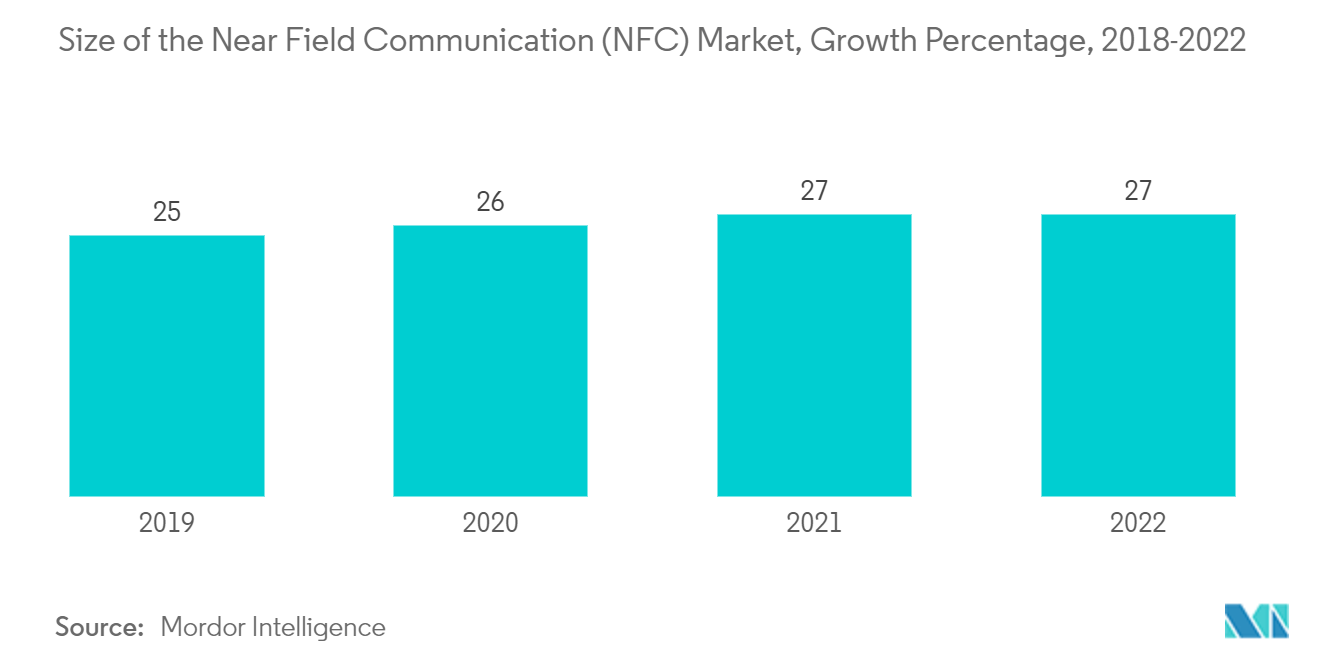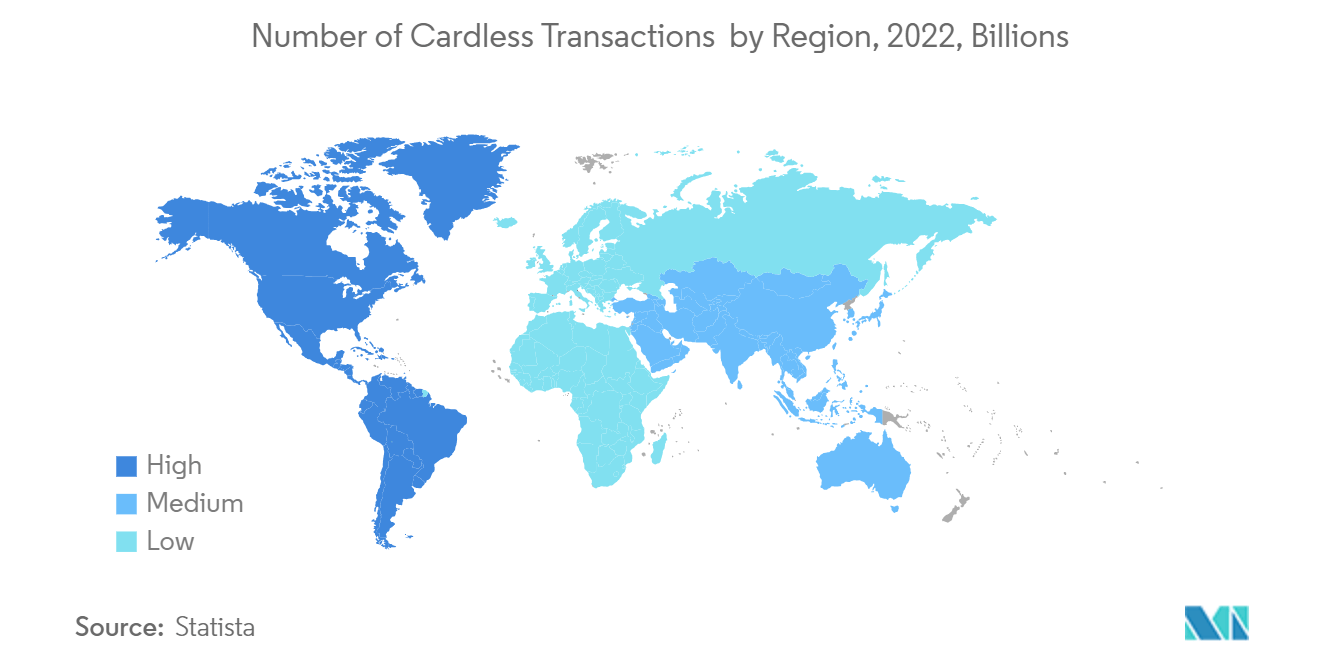Market Trends of Cardless ATM Industry
Increasing Usage of Near-field Communication (NFC) Technology
The cardless ATM market has witnessed a notable rise in the usage of NFC (Near Field Communication) technology. NFC enables contactless transactions, allowing users to initiate cardless ATM transactions by simply tapping their mobile devices on the ATM or using a contactless card. This eliminates the need for physical cards and enhances the overall user experience. NFC facilitates quick and efficient transactions. Users can complete cardless ATM transactions swiftly by tapping their NFC-enabled devices, reducing the time spent at the ATM and contributing to a more seamless banking experience. NFC technology enhances user convenience by providing a user-friendly and intuitive way to initiate transactions. NFC is often integrated into mobile banking apps, allowing users to generate and authenticate transactions seamlessly. The combination of mobile apps and NFC technology provides a comprehensive and user-centric solution for cardless ATM usage.

North America is the leading Region in Using Cardless Transactions
The high adoption of cardless transactions in North America suggests a growing market for cardless ATM solutions. Financial institutions and ATM providers are experiencing increased demand for cardless features as consumers embrace the convenience and security they offer. Financial institutions in North America are investing in upgrading their ATM networks to support cardless transactions. This could involve implementing new technologies such as mobile banking apps, QR code scanning, or Near Field Communication (NFC) for secure and convenient cardless transactions. The popularity of cardless transactions may lead to the implementation of advanced security measures in cardless ATM systems. This could include biometric authentication, multi-factor authentication, or other security features to protect users’ financial information. The leading role of North America in cardless transactions may prompt financial institutions to expand the accessibility of cardless-enabled ATMs. This expansion could cover various locations, including urban and rural areas, to ensure a broad user base.


